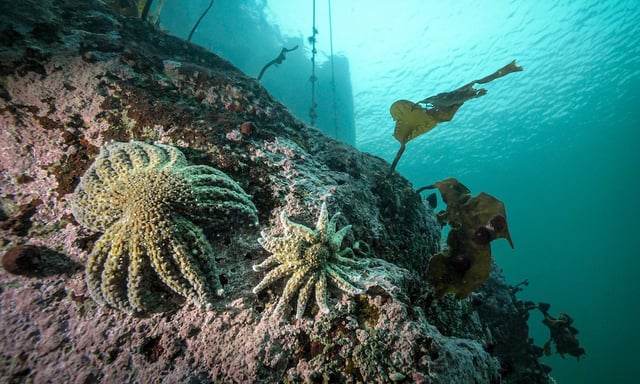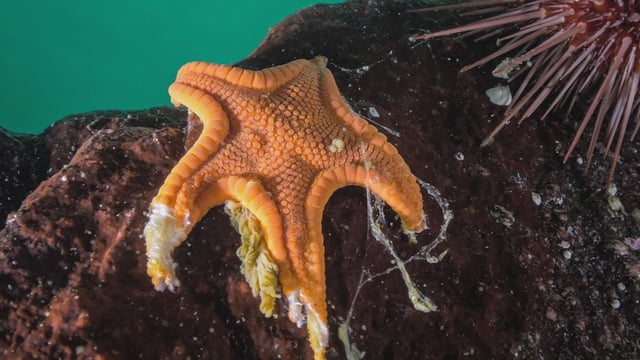Overview
- Researchers confirmed through genetic analysis, culturing and reinfection tests that a strain of Vibrio pectenicida, FHCF-3, causes sea star wasting disease.
- The decade-long epidemic has killed billions of sea stars across more than two dozen species along the Pacific coast from Mexico to Alaska.
- Sunflower sea stars have suffered the most, disappearing from much of their former range and now listed as endangered.
- The loss of these keystone predators triggered a trophic cascade as unchecked sea urchin populations overgrazed kelp forests, undermining biodiversity and carbon storage.
- Transmission pathways remain unclear, with mussel consumption and aquaculture implicated as potential vectors, and researchers warn that ecosystem recovery hinges on further pathogen studies.

